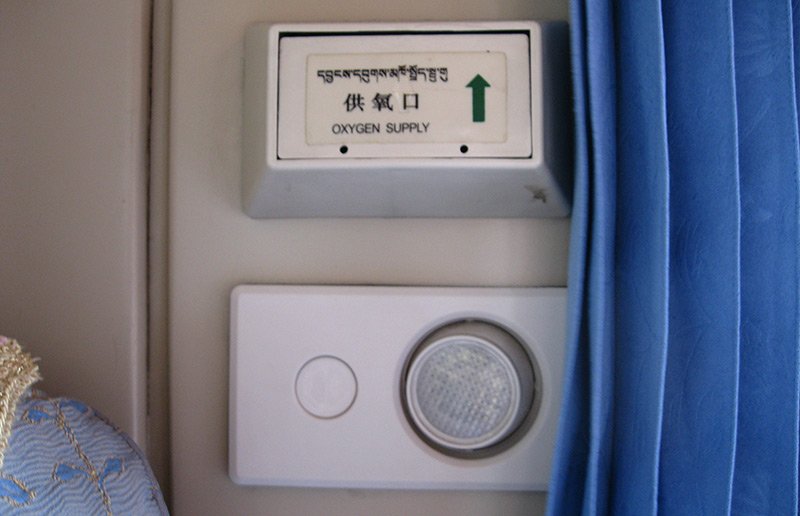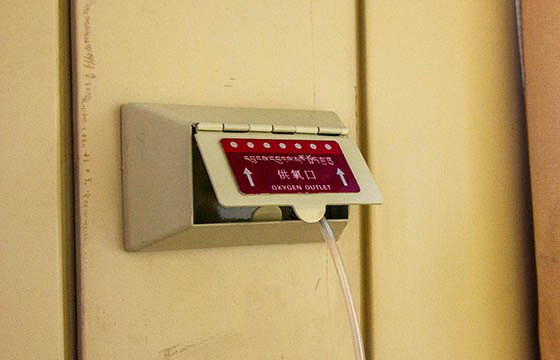Breathing High: Understanding Oxygen Supply On Tibet Trains

Train travel in Tibet poses unique challenges due to its high altitude, which can cause altitude sickness. To mitigate these effects, Tibet trains are equipped with specialized oxygen systems to ensure the well-being of passengers.

Altitude and Its Effects: Tibet’s vast Tibetan Plateau sits at an average altitude of over 4,000 meters (13,000 feet). At such heights, the atmospheric pressure is significantly lower, leading to a decrease in the partial pressure of oxygen in the air. This reduced oxygen availability can cause altitude sickness, characterized by symptoms such as headache, nausea, and shortness of breath.

Oxygen Supply Systems: To counteract the effects of altitude, Tibet trains incorporate advanced oxygen supply systems. These systems consist of oxygen tanks, pipelines, masks, and other components. Oxygen is typically stored in pressurized tanks and distributed throughout the train via a network of pipelines. Each passenger compartment and common area is fitted with outlets where passengers can connect oxygen masks. The masks deliver a controlled flow of oxygen, helping to increase oxygen levels in the bloodstream and alleviate altitude-related symptoms.
Oxygen Usage Guidelines: Passengers on Tibet trains are advised to follow specific guidelines for oxygen use. It is recommended to use oxygen gradually, starting with short intervals and gradually increasing the duration. This helps the body adapt to the increased oxygen levels and prevents over-oxygenation. Passengers with severe symptoms or underlying health conditions should seek medical attention promptly.
Additional Precautions: In addition to oxygen supply systems, Tibet trains also implement other measures to minimize the effects of altitude. These include:
- Pressurized Cabins: Some high-altitude Tibet trains feature pressurized cabins, which maintain a cabin pressure equivalent to a lower altitude. This reduces the pressure difference between the inside and outside of the train, mitigating the risk of altitude sickness.
- Gradual Acclimatization: Tibet trains typically ascend gradually to allow passengers’ bodies time to acclimatize to the increasing altitude. This helps reduce the severity of altitude-related symptoms.
- Medical Staff: Tibet trains are often staffed with medical personnel trained to handle altitude-related emergencies and provide assistance to passengers experiencing discomfort.
Conclusion: Oxygen supply systems on Tibet trains are vital for the well-being of passengers traveling at high altitudes. By providing a controlled flow of oxygen, these systems help alleviate altitude sickness symptoms and ensure a safe and comfortable journey. Passengers are encouraged to adhere to oxygen usage guidelines and follow additional precautions to minimize the effects of altitude and enjoy their time exploring the captivating Tibetan landscape.